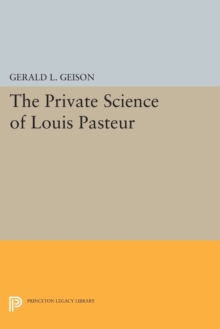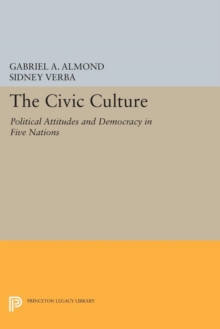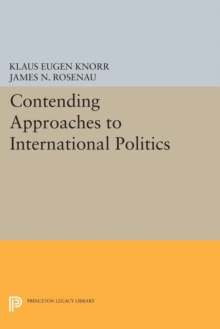
Situated Meaning : Inside and Outside in Japanese Self, Society, and Language PDF
Edited by Jane M. Bachnik, Charles J. Quinn Jr.
Part of the Princeton Legacy Library series
Description
Situated Meaning adds a new dimension, both literal and metaphoric, to our understanding of Japan. The essays in this volume leave the vertical axis of hierarchy and subordination-an organizing trope in much of the literature on Japan-and focus instead on the horizontal, interpreting a wide range of cultural practices and orientations in terms of such relational concepts as uchi ("inside") and soto ("outside"). Evolving from a shared theoretical focus, the essays show that in Japan the directional orientations inside and outside are specifically linked to another set of meanings, denoting "self" and "society."
After Donald L. Brenneis's foreward, Jane M. Bachnick, Charles J. Quinn, Jr., Patricia J. Wetzel, Nancy R. Rosenberger, and Robert J. Sukle discuss "Indexing Self and Social Context." "Failure to Index: Boundary Disintegration and Social Breakdown" is the topic of Dorinne K. Kondo, Matthews M. Hamabata, Michael S. Molasky, and Jane Bachnik. Finally, Charles Quinn explores "Language as a Form of Life."
Jane M. Bachnik is Associate Professor of Anthropology at the University of North Carolina at Chapel Hill. She is presently pursuing research in Japan under a Senior Fellowship Grant from the Japan Foundation. Charles J. Quinn, Jr., is Associate Professor of East Asian Languages and Literatures at the Ohio State University.
Originally published in 1994.
The Princeton Legacy Library uses the latest print-on-demand technology to again make available previously out-of-print books from the distinguished backlist of Princeton University Press. These editions preserve the original texts of these important books while presenting them in durable paperback and hardcover editions. The goal of the Princeton Legacy Library is to vastly increase access to the rich scholarly heritage found in the thousands of books published by Princeton University Press since its founding in 1905.
Information
-
Download - Immediately Available
- Format:PDF
- Pages:336 pages
- Publisher:Princeton University Press
- Publication Date:15/01/2019
- Category:
- ISBN:9780691194455
Information
-
Download - Immediately Available
- Format:PDF
- Pages:336 pages
- Publisher:Princeton University Press
- Publication Date:15/01/2019
- Category:
- ISBN:9780691194455










